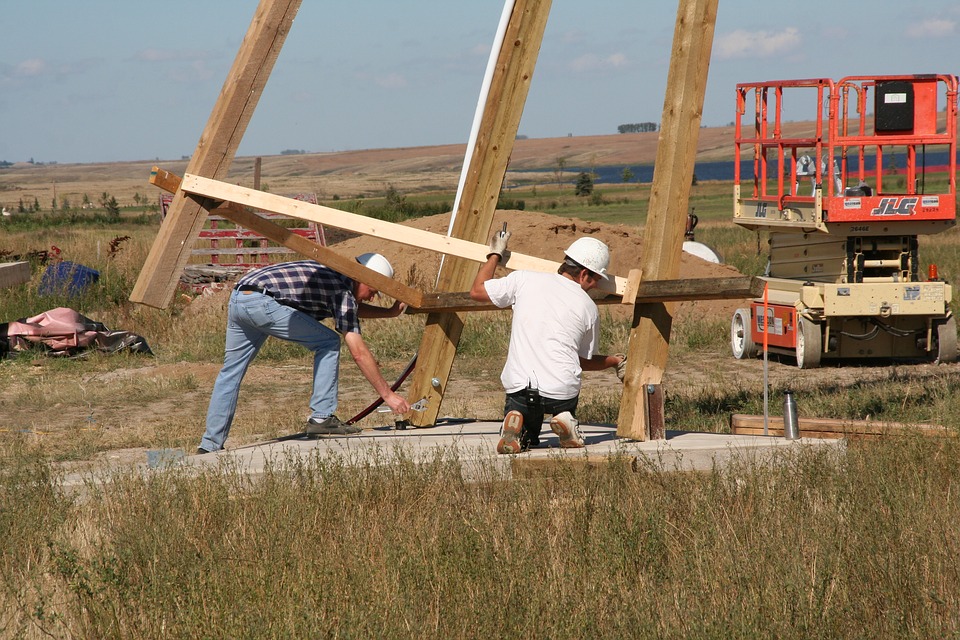WHAT IS THE EMPLOYER LIABILITY LAW?
The Oregon Employer Liability Law (ELL), ORS 654.305, provides a high standard of care to prevent injury to Oregon workers on general contractor worksites and in other similar situations. An injured worker can bring a workers’ compensation claim against their employer, and that is the only remedy against the employer. However, if another employer on the same job site creates a dangerous situation, the injured worker may have a claim for damages against that other employer, often the general contractor. The general contractor and other subcontractors are required under the ELL to use “every device, care and precaution that is practicable” to ensure worker safety. That is a stronger requirement than in an ordinary negligence case, where the standard is “reasonable care.” An injured worker therefore has an advantage in a case under the ELL. Oregon voters adopted the ELL in 1911, and its strong worker protections have remained in effect in recent Oregon Supreme Court decisions.
HOW DOES THE OREGON EMPLOYER LIABILITY LAW (ELL) APPLY?
Picture a job site where Acme General Contractor is building a three-story apartment complex. Acme has contracts with subcontractors that do carpentry, plumbing, electrical, and everything else you need to put together an apartment building. The contracts say the carpentry subcontractor is responsible for putting up safety railings for outside work on the second and third floor, but Acme retains the right to inspect those railings to make sure they will hold. The carpentry subcontractor puts up railings, but one support is missing a couple of bolts. A carpenter who is framing the third floor outside walls leans against the rail; it gives way, and he falls 20 feet to the ground, suffering serious injury.
The injured carpenter has a workers’ compensation claim against his employer, the carpentry subcontractor, and an ELL claim against the general contractor for failing to inspect the railings and see that there were bolts missing. He has that ELL claim because Acme, the general contractor, had the right to control the safe construction of the railing that failed. As Spiderman’s Uncle Ben said, “With great power comes great responsibility.” A general contractor is responsible under the ELL if it has actual control or the right to control the activity that causes danger — in this case working high above the ground.
THE COURT’S NEW DECISION
On August 4, the Oregon Supreme Court issued its decision in Yeatts v. Polygon, improving the law for injured workers under the ELL. The court reversed a 1968 case that had said the worker must prove not only that a general contractor or project owner had the right to control the dangerous activity but also that the owner’s right to control the dangerous activity had made others ignore their responsibilities for safety. The new decision in Yeatts v. Polygon overturned that part of the 1968 decision and held that the injured worker need prove only that the general contractor had the right to control the dangerous activity.
Thomas Coon Newton & Frost partner Jim Coon has been trying to convince the court to reverse the 1968 Wilson v. PGE case since he represented the injured worker in Woodbury v. CH2MHill, before the supreme court in 2004. Jim worked on the friend of the court brief for the Oregon Trial Lawyers Association in the Yeatts case, in which that argument was presented, and finally accepted 12 years later.

